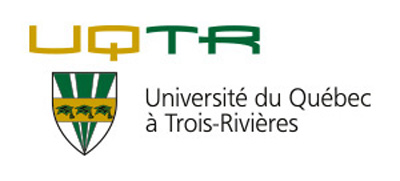Related projects
Discover more projects across a range of sectors and discipline — from AI to cleantech to social innovation.
Mitacs brings innovation to more people in more places across Canada and around the world.
Learn MoreWe work closely with businesses, researchers, and governments to create new pathways to innovation.
Learn MoreNo matter the size of your budget or scope of your research, Mitacs can help you turn ideas into impact.
Learn MoreThe Mitacs Entrepreneur Awards and the Mitacs Awards celebrate inspiring entrepreneurs and innovators who are galvanizing cutting-edge research across Canada.
Learn MoreDiscover the people, the ideas, the projects, and the partnerships that are making news, and creating meaningful impact across the Canadian innovation ecosystem.
Learn More“Poor efficacy and unpredictable toxic effects are leading causes of removal of a drug from the market. Many drugs act unpredictably in patients because they are tested in labs using cells grown in plastic dishes and animals that poorly mimic humans. Laboratory models that better mimic the behaviour of human tissues in the body could improve the efficacy and efficiency of the drug discovery process, ultimately improving human health.The Centre for Commercialization of Regenerative (CCRM) and its consortium of pharmaceutical company partners have identified the blood-brain barrier (BBB) as a prime target for improved modeling and therapies because BBB breakdown leads to neurodegenerative diseases, the BBB is a barrier to delivery of drugs to treat neurological conditions, and current models poorly mimic the BBB in the body.In this project, we aim to deliver the best-in-class BBB model using our microfluidic platform technology and human pluripotent stem cells. This model will be uniquely compatible with standard laboratory equipment and high-throughput workflow, ensuring ease of adoption by end users. To facilitate CCRMs goal of commercializing the technology, we will field test the platform at CCRM partner sites and research the business case to create a commercialization plan.”
Craig Simmons
Carl Persson
University of Toronto
Engineering - biomedical
Life sciences
Elevate
Discover more projects across a range of sectors and discipline — from AI to cleantech to social innovation.
Find the perfect opportunity to put your academic skills and knowledge into practice!
Find ProjectsThe strong support from governments across Canada, international partners, universities, colleges, companies, and community organizations has enabled Mitacs to focus on the core idea that talent and partnerships power innovation — and innovation creates a better future.













































































































































































































































































































